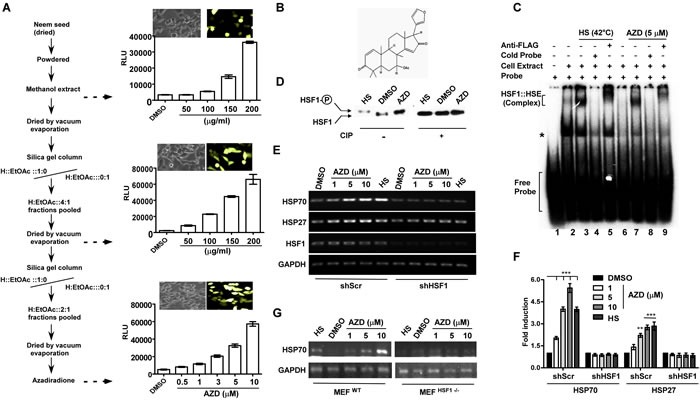Figure 1. Azadiradione (AZD) activates HSF1 and its target heat shock chaperone genes.

A. Flowchart of stepwise purification of AZD accompanied by an increase in specific activity measured by GFP expression (next to phase contrast images of cells) and luciferase assays as indicated. H, n-hexane; values are mean±SEM, n ≥ 3. B. Chemical structure of AZD. C. AZD induces DNA-binding ability of HSF1 in cells determined by EMSA using γ-32pATP-labeled HSE (~1 ng/reaction) as described in the materials and methods. Whole cell extract (WCE) (50 μg) prepared from HEK293 cells expressing FLAG-HSF1 pre-treated with AZD or DMSO or HS (at 42°C/1 h) were used as indicated. The reactions were resolved on a 4% acrylamide and bis-acrylamide (29:1) gel and autoradiographed. D. AZD treatment induces HSF1 hyperphosphorylation like HS in WCE used in (C) which was erased upon phosphatase treatment determined by immunoblot with α-FLAG antibody. E. AZD treatment induces HSP70 and HSP27 transcription by HS in HEK293 cells that is sensitive to shRNA-mediated HSF1 downregulation (shHSF1) as determined by RT-PCR assay. Representative agarose gels of PCR products obtained using equivalent amounts of cDNAs as templates prepared from transcripts isolated from cells treated as indicated. F. Densitometric quantitation of HSP70 and HSP27 bands in agarose gels as shown in panel E from three independent experiments. **p < 0.01;***p < 0.001. G. AZD activates HSP70 only in MEF cells carrying wild type HSF1 MEFWT gene but not in MEF cells that have been deleted both copies of HSF1 gene (MEFHSF1−/−). Expression of HSP70 mRNA was measured by semiquantitative RT-PCR assay. The PCR products were resolved in agarose gels visualized by ethidium bromide staining.
